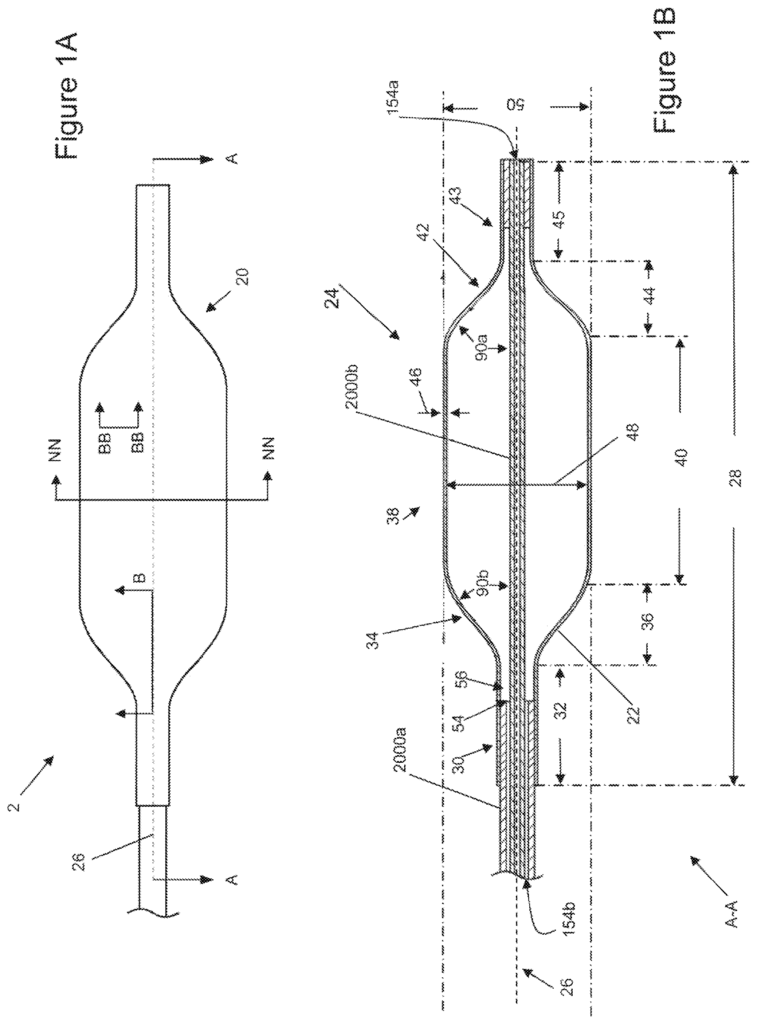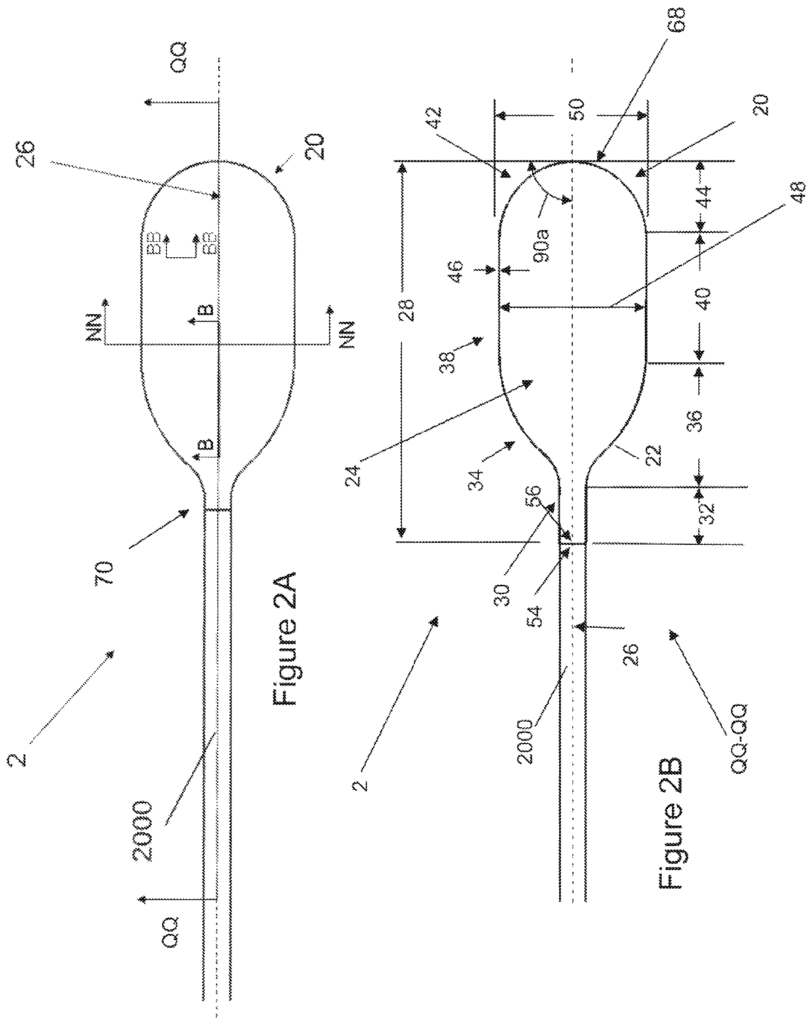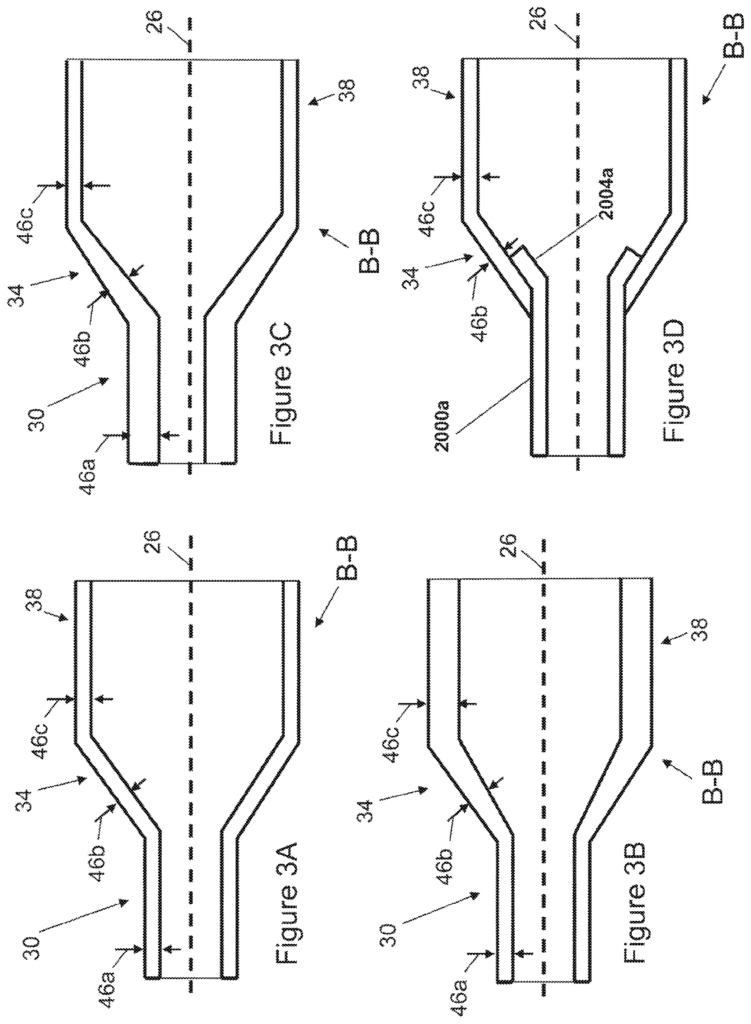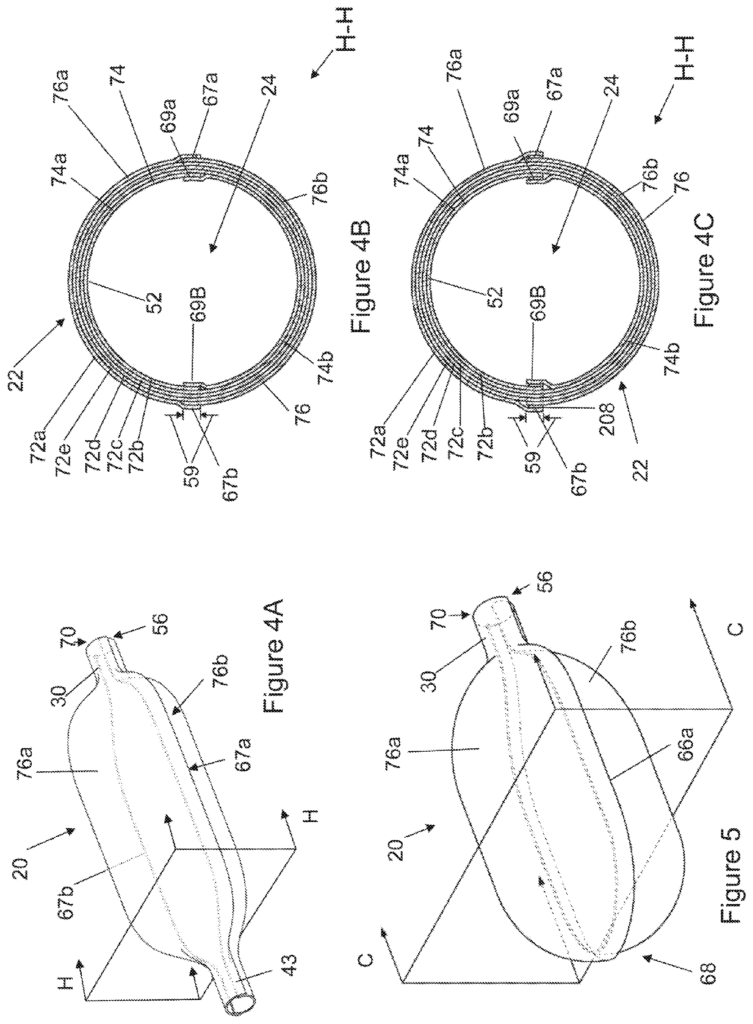Invented by Alexander Q. TILSON, Mark C. SCHEEFF, Paul J. Dreyer, Loma Vista Medical Inc
One of the key advantages of inflatable medical devices is their versatility. They can be used in a wide range of medical procedures and treatments, including angioplasty, stent placement, and even in the treatment of erectile dysfunction. The ability to inflate and deflate these devices allows for precise control and customization, ensuring optimal results for each individual patient.
In addition to their versatility, inflatable medical devices also offer a less invasive alternative to traditional surgical procedures. For example, in the case of angioplasty, a balloon catheter is inserted into the blocked artery and inflated to open up the vessel. This procedure eliminates the need for open-heart surgery, resulting in shorter hospital stays, reduced recovery times, and lower healthcare costs.
Furthermore, inflatable medical devices are often more cost-effective than their surgical counterparts. Traditional surgical procedures can be expensive, requiring operating rooms, anesthesia, and a team of healthcare professionals. In contrast, inflatable medical devices can be used in outpatient settings, reducing the overall cost of treatment.
The market for inflatable medical devices is also benefiting from advancements in technology. Manufacturers are constantly improving the design and functionality of these devices, making them smaller, more durable, and easier to use. For example, some inflatable medical devices now come with wireless remote controls, allowing patients to adjust the inflation levels themselves, providing greater convenience and control over their treatment.
Moreover, the aging population is driving the demand for inflatable medical devices. As the global population continues to age, the prevalence of chronic diseases such as cardiovascular conditions and erectile dysfunction is increasing. Inflatable medical devices offer a non-invasive and effective treatment option for these conditions, improving the quality of life for many patients.
However, despite the numerous advantages and growing demand, there are still challenges that the market for inflatable medical devices faces. One of the main challenges is the lack of awareness among healthcare providers and patients. Many healthcare professionals may not be familiar with the latest advancements in inflatable medical devices or may be hesitant to adopt new technologies. Similarly, patients may not be aware of the benefits of these devices and may be reluctant to try them.
To overcome these challenges, manufacturers and healthcare providers need to invest in education and training programs. By providing healthcare professionals with the necessary knowledge and skills to use inflatable medical devices, they can increase adoption rates and improve patient outcomes. Additionally, raising awareness among patients through educational campaigns and patient testimonials can help dispel any misconceptions and encourage more individuals to consider inflatable medical devices as a viable treatment option.
In conclusion, the market for inflatable medical devices is experiencing steady growth due to their versatility, non-invasive nature, cost-effectiveness, and technological advancements. As the demand for non-invasive medical treatments continues to rise, inflatable medical devices offer a promising solution for a wide range of conditions. By addressing the challenges of awareness and education, the market for inflatable medical devices has the potential to further expand and revolutionize the field of medical treatment.

The Loma Vista Medical Inc invention works as follows
The invention relates to inflatable medical devices, and the methods of making and using them. These devices may be medically invasive balloons such as those for transcutaneous heart-valve implant, or transcatheter aortic valve implantation. The balloons may have fiber-reinforced, high strength walls.

Background for Inflatable medical devices
1. “1.
Inflatable medical devices, and methods of making and using them, are disclosed. Medical invasive balloons such as those for transcutaneous heart-valve implantation, are more narrowly disclosed. “For example, balloons that are used for transcatheter-aortic valve implantation.
2. “2.
Inflatable structures such as balloons are used widely in medical procedures. The balloon is placed, usually on the tip of a catheter. It’s inserted until it reaches the desired area. The balloon will inflate when you apply pressure. When the balloon is inflated, it creates an internal space.
Balloons can be used to treat heart valves including Balloon Aortic Valvuloplasty and Transcatheter Aortic Valve Installation (TAVI). Balloons can be used for opening a stenosed valve. The hard calcific lesions on a stenosed aortic valve can tear or puncture the balloon. A precise balloon diameter is also desirable for safety and control.
Balloons can be used to move the plaque from the center of the vascular lumen towards the walls of the vasculature, as in an angioplasty procedure or peripheral vasculature. A balloon-tipped catheter is used to treat a vascular obstruction. The balloon dilates the constriction of the vessel as it is inflated. This results in better blood flow.
Two basic types of balloons can be used: one is a low-compliance, high-pressure balloon. The other is an inflatable with a low pressure and high compliance.
High-compliance balloons for medical use are usually made of silicone, PVC or Pebax. The dimensions of a high compliance balloon expand as the pressure increases. The high-compliance balloon can return to its original or close to original shape once the pressure is reduced. “High-compliance balloons can expand up to several times their volume between zero pressure and rupture.
Traditional high-compliance balloons may not be adequate for a variety of reasons. Medical balloons that are high-compliance or highly elastic cannot achieve high pressures due to their low tensile strength. They also thin out with expansion. High-compliance balloons may not be strong enough to perform a certain procedure. “Exceeding the rated pressurization of a high compliance medical balloon can create an excessive risk of failure, which could lead to serious complications in the patient.
High-compliance balloons have also poor shape control.” When a high compliance medical balloon expands it can take on a shape that is largely dictated by the specifics of the environment within the patient, rather than clinical goals. This can sometimes be against what the doctor wants. “Many medical procedures rely on the balloon’s ability to form a certain shape.

High-compliance balloons are often prone to punctures and tears.
Low compliance, high-pressure medical balloons retain their shape substantially under relatively high pressures. PET (polyethyleneterephthalate), is the most commonly used material in low-compliance high pressure balloons. PET is used in high-performance balloons for angioplasty. PET is more durable than other polymers. It can also be molded in a variety shapes, and it can be made thin (5 m to 50 m (0.0002 i. PET is stronger than other polymers, can be molded into a variety of shapes and can be made very thin (e.g., 5?m to 50?m (0.0002 in. These balloons have a low-profile, which is why they are so popular.
Balloons with PET walls are fragile, and easily tearable.” PET balloons are not puncture resistant when pressed against hard surfaces in the body such as stenosis. PET balloons are stiff, so they may be hard to fold or pack into a small size. They may also have poor trackability.
While PET balloons are stronger than other homogeneous polymer balloons, they may not be strong or durable enough to complete certain medical procedures. PET balloons with large diameters (for example, greater than 20 mm) still have excessive compliance when used for BAV or TAVI.
PET is typically blow-molded, just like most balloons with low compliance. Certain shapes are difficult to make or even impossible with the blow molding process. The balloon wall thicknesses can be affected by blow molding, and may not match up to the load.
Nylon balloons is an alternative material to low-compliance high-pressure balloons. These balloons can hold less pressure because they are usually weaker than PET. Nylon absorbs water easily, which in some cases can affect the material properties of Nylon. “Nylon is more flexible and has better puncture resistance than PET.
A balloon that is able to withstand high pressure, control the shape precisely and be highly resistant and durable against punctures and tears would be ideal.
An inflatable device with a longitudinal axis” is disclosed. The device includes a balloon with a specified balloon length. The balloon is a balloon with a wall, and the inflatable volume is defined by that wall. The length of the fiber reinforcement can be even more restricted, less than 70% of the balloon’s length, or less than 65% of it, and still more limited than 60%. The length of all or substantially the entire reinforcement fibers can be less than 70%.
The device may have a ball with a volume. The balloon volume can be the inflatable volume.
The wall may have a layer. At least two reinforcement fibers can be used in the first layer. The first layer may have a layer of polymer.

A composite fiber-reinforced balloon for medical use with a long axis has also been disclosed. The balloon is equipped with an inner wall made of polymer that can withstand pressure even when it’s inflated. The outer wall of the balloon is made up of a polymer matrix and fiber matrix. The outer wall is made up of a fiber layer and a polymer. The outer wall reinforces and surrounds the polymeric inner wall. The fibers used are inelastic, high-strength fibers. The fiber layer has at least one first fiber layer. “All or substantially all fibers in the first layer are less that about 75% the length along the long axis and run substantially longitudinally.

Click here to view the patent on Google Patents.

Leave a Reply